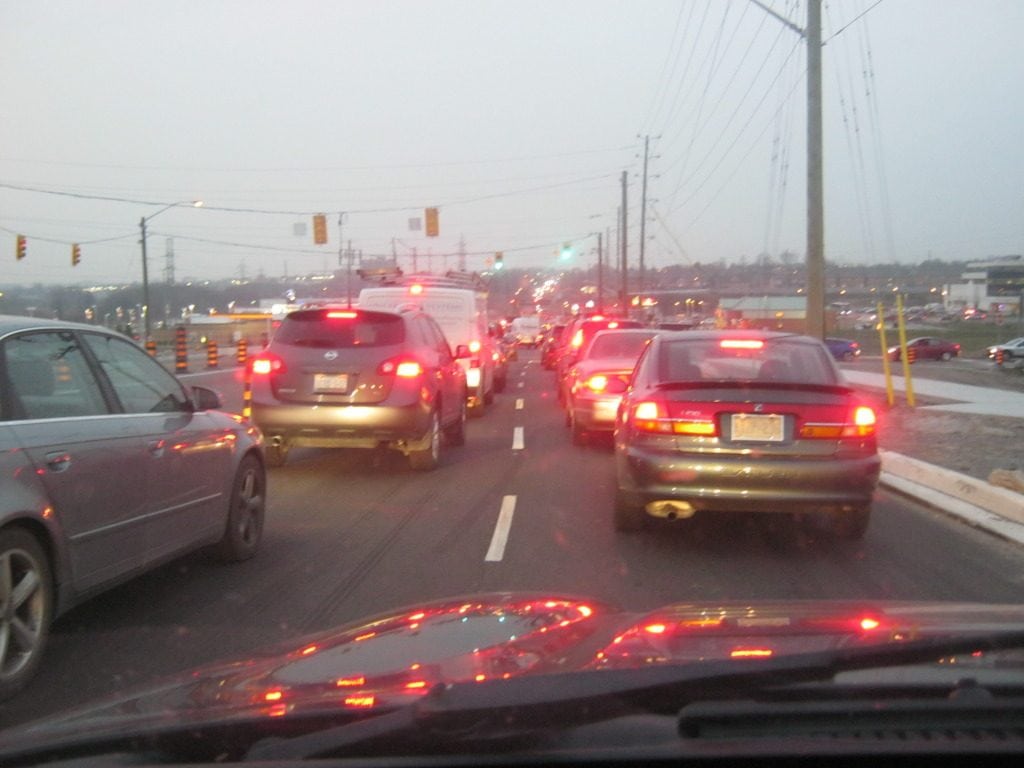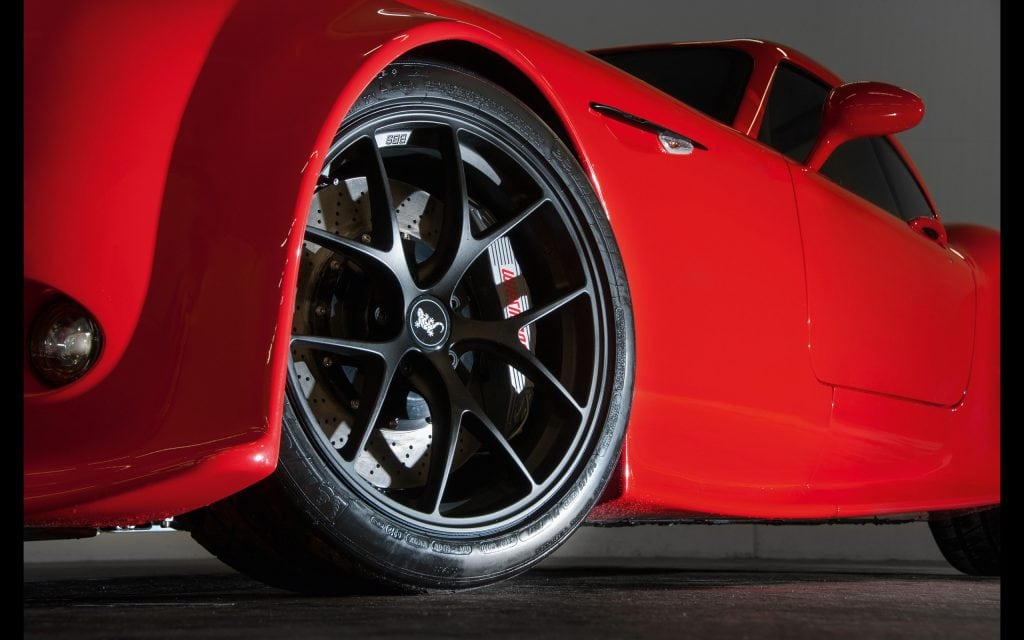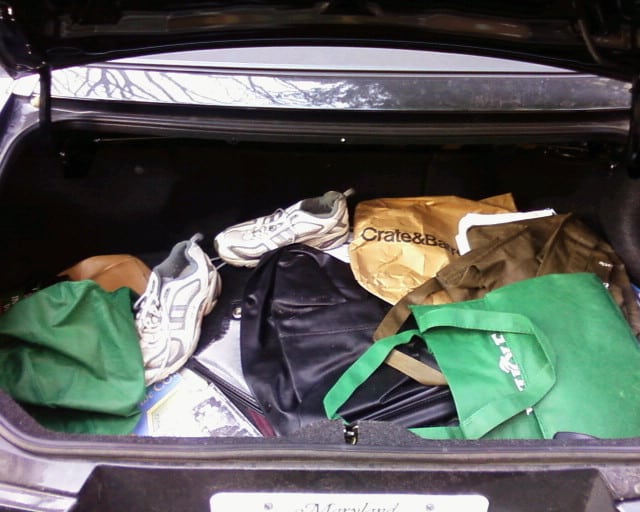The less gas you burn, the more money you save and the less pollution you add to an overheated planet. Some of these tips are well-known and may seem obvious, but also obvious is the fact that too many drivers are ignoring these easy money-saving habits.
The first tip is to add these ideas to your to-do list. Write them down and commit to new driving habits. Merely reading and forgetting them is throwing money down the drain.
Change the Way You Drive
 You’ve seen ads for miracle gadgets and additives promising huge gains in gas mileage, but they’re usually expensive and never as effective as the ads claim. The biggest, quickest miracle fix for your gas mileage costs nothing: change your driving habits.
You’ve seen ads for miracle gadgets and additives promising huge gains in gas mileage, but they’re usually expensive and never as effective as the ads claim. The biggest, quickest miracle fix for your gas mileage costs nothing: change your driving habits.
First, anticipate braking. Look farther down the road, and program your mind to let off the gas immediately when you spy a brake light ahead. Second, avoid speeding. Cars are designed to be most efficient below 65 mph to meet EPA mpg tests. As you go above 70 mph, wind resistance grows exponentially.
A Few Bucks Spent, Big Bucks Saved
As stated, miracle products are rarely worth the price. However, three inexpensive purchases do pay off:
- Buy a new, clean air-filter. Clogged air filters force your engine to work harder, which requires more power and burns more gas.
- Replace your spark plugs. Worn-out spark plugs can decrease your fuel efficiency by as much as 30 percent. Upgrade to Iridium plugs, which fire better and can last more than 100,000 miles.
- Use synthetic oil. This only makes a slight improvement in mpg, but it lasts longer and is better for your engine, thus worth the extra bucks.
Taut Tires
 Inflate your tires to their recommended amount that’s in your manual. The tighter the tire, the less it flexes, so less energy is wasted on internal tire friction. With the hi-tech suspensions on modern cars, you will hardly notice a difference in the ride smoothness.
Inflate your tires to their recommended amount that’s in your manual. The tighter the tire, the less it flexes, so less energy is wasted on internal tire friction. With the hi-tech suspensions on modern cars, you will hardly notice a difference in the ride smoothness.
As a bonus, tires last longer. However, this is not a one-time fix – it requires a regular commitment to check the air pressure. Newer cars have low-pressure warning lights that notify you of very low pressure, but they are no substitute for a tire gauge and frequent inflation.
Sleek Profile
At freeway speeds, aerodynamic drag is a real factor. Remove rooftop luggage racks and bike racks. If you are serious about squeezing every drop of gas, keep your car clean and waxed. The experts at “MythBusters” ran a series of tests and the clean car averaged 2 mpg more than the dirty one.
Junk in the Trunk
 Remove excess cargo: Make your mother-in-law take the bus. Just kidding. Still, don’t carry things you don’t need. Clear out extra weight from your trunk and backseat. If you drive a clunker and tote 50 pounds of tools in case of a breakdown, you’re burning gas money. Nowadays cars rarely break down – and we have cellphones and road service. Leave the huge toolbox at home.
Remove excess cargo: Make your mother-in-law take the bus. Just kidding. Still, don’t carry things you don’t need. Clear out extra weight from your trunk and backseat. If you drive a clunker and tote 50 pounds of tools in case of a breakdown, you’re burning gas money. Nowadays cars rarely break down – and we have cellphones and road service. Leave the huge toolbox at home.
Avoid Wasted Miles
Don’t get lost, and don’t take the long route. Use GPS or smartphone map/driving services such Google Maps to determine the most efficient route. This may not mean the shortest in miles. Usually it’s the shortest in time, because that route often indicates fewer traffic lights.
Ride On
Each of these tips requires a small change of habit, but otherwise are not complex, expensive or difficult. If you spend just $40 per week on gas, that’s more than $400 per year. Burn $100 per week? This could mean an extra thousand tax-free dollars in your wallet.
While being a responsible steward of limited petroleum resources, enjoy the pleasures of an internal combustion speedster. One day we will all be in self-driving electric vehicles, and the throaty roar of gas-burning will be a thing of the past.







